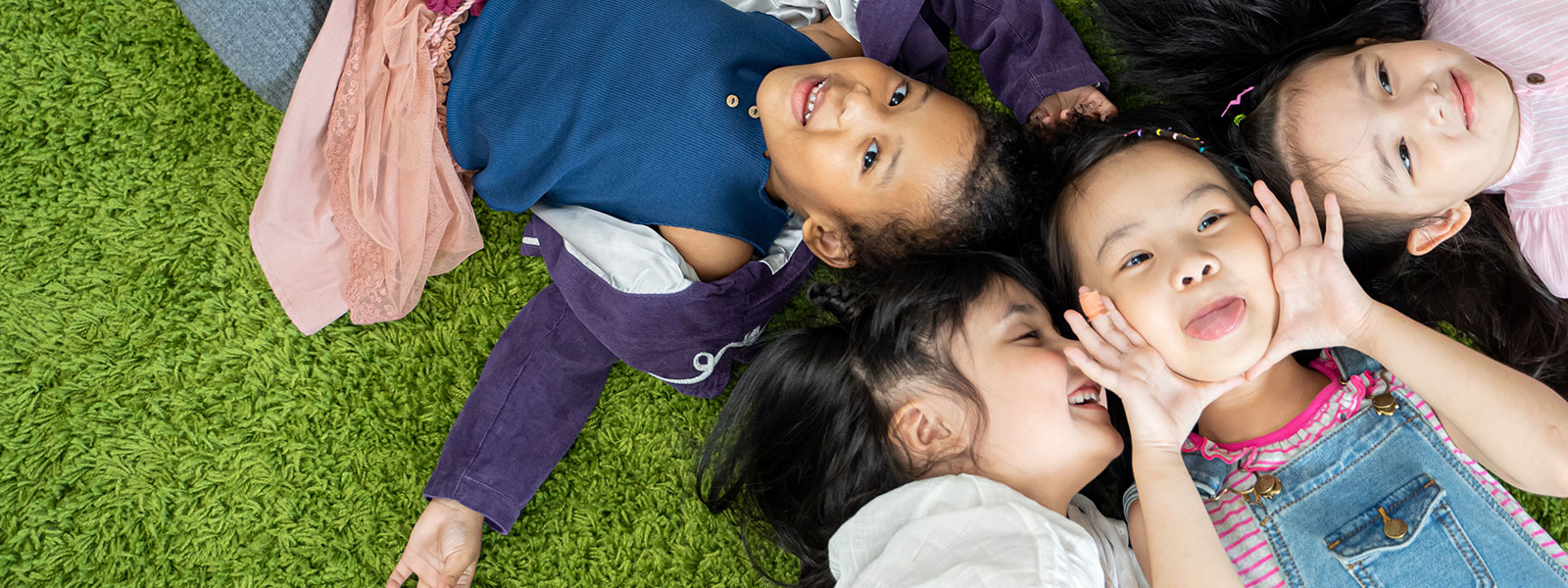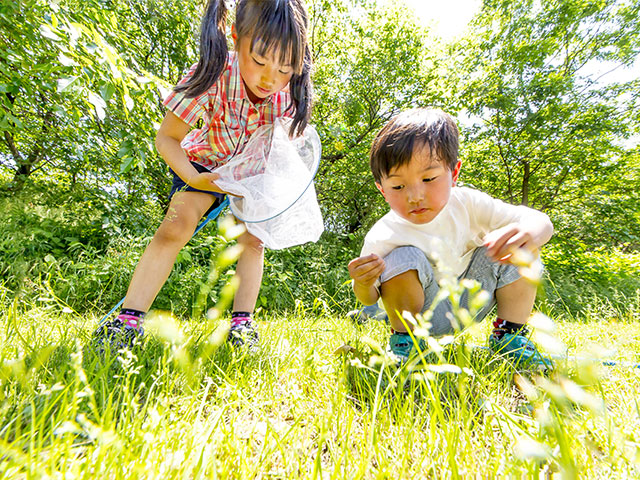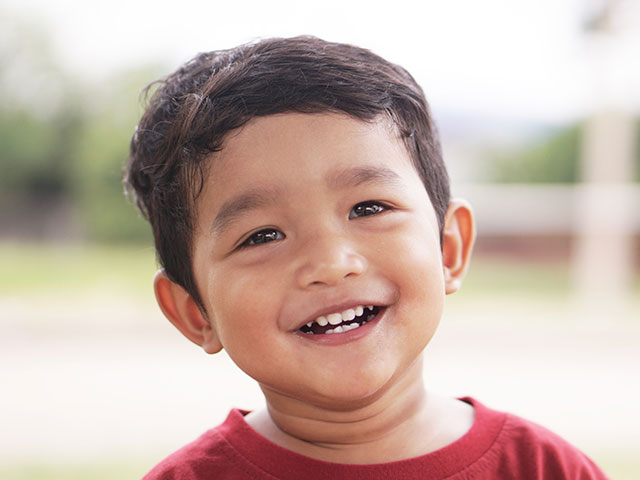
Asia Pacific Academy of Pediatric Allergy,
Respirology and Immunology
Improve the quality of patient care in allergy, respirology, and immunology.
Maintain and advance the diagnostic and therapeutic skills of members and foster their appropriate application.
Develop and disseminate educational information for members, patients, physicians and health professionals.
in preparation.


